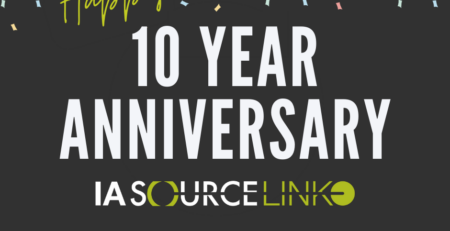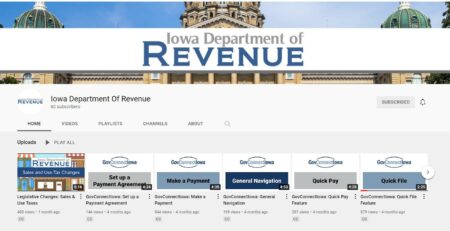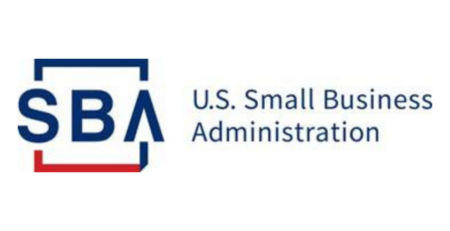Achieving Balance: Strategies for Harmonizing Your Personal and Professional Life
In today’s fast-paced and demanding world, finding a balance between personal and professional life has become increasingly challenging. Nonetheless, finding a sweet spot between managing occupational obligations while cherishing private moments is vital for both physical as well as emotional health over time. Keeping this outlook in mind, we will cover realistic approaches to tackling how you can create an equilibrium amid professional duties and personal time by utilizing smart suggestions.
Prioritize and Set Clear Boundaries:
The foundation of achieving a balanced lifestyle lies in establishing priorities and setting boundaries between work obligations and personal pursuits. Start by reflecting on the values that hold significance for you in your professional as well as private lives. Once you have identified your priorities, create protective boundaries to segregate these two areas of your life by establishing fixed working hours or refraining from evening emails for instance. Try designating quality time for personal hobbies or quality time with your loved ones.
Learn the Art of Time Management:
Efficient time management is the key to balancing personal and professional commitments effectively. As a starting point, coordinating your schedule and allotting dedicated time slots for diverse tasks and responsibilities is fundamental. Assigning priority to crucial tasks, delegating responsibilities whenever feasible, and avoiding over-commitment are additional considerations. Additionally, embrace productivity tools and techniques such as time blocking, and technology to streamline your workflow and maximize productivity.
Practice Self-Care and Mindfulness:
Nurturing your physical, mental, and emotional well-being is crucial for maintaining a healthy work-life balance. Make self-care a priority by encompassing activities that recharge you into your routine. Engage in regular exercise, get enough sleep, eat well-balanced meals, and make time for hobbies or activities that bring you joy.
Delegate and Outsource:
Many individuals struggle with balancing personal and professional responsibilities because they attempt to handle everything on their own. Learn to delegate tasks at work – It’s okay to ask for help from your colleagues. Similarly, pinpoint areas in your personal life where you can seek assistance. Consider hiring a babysitter or nanny, or delegating responsibilities to family members. By sharing the load, you can free up time and mental energy for other aspects of your life.
Communicate Effectively:
Clear communication is vital in maintaining a work-life balance. Clearly communicate your needs and boundaries to those around you. Advocate for flexible working arrangements if necessary, and foster a supportive work environment that recognizes the importance of work-life balance. Effective communication ensures that everyone is on the same page and reduces unnecessary conflicts or misunderstandings.
Unplug and Disconnect:
In today’s hyperconnected world, it’s essential to establish periods of disconnection to recharge and rejuvenate. Create boundaries around technology by designating device-free times or zones during which you disconnect from work-related devices and social media. Use this time to be fully present with loved ones, engage in leisure activities, or simply enjoy some uninterrupted “me” time. Unplugging allows you to recharge and return to work with renewed focus and energy.
Achieving a work-life balance is an ongoing journey that requires conscious effort and self-awareness. By implementing these strategies – prioritizing, managing time effectively, practicing self-care, delegating, communicating openly, and unplugging – you can strike a balance that allows you to thrive both personally and professionally. Remember, balance looks different for everyone, so it’s essential to customize these strategies to suit your unique circumstances and priorities.











